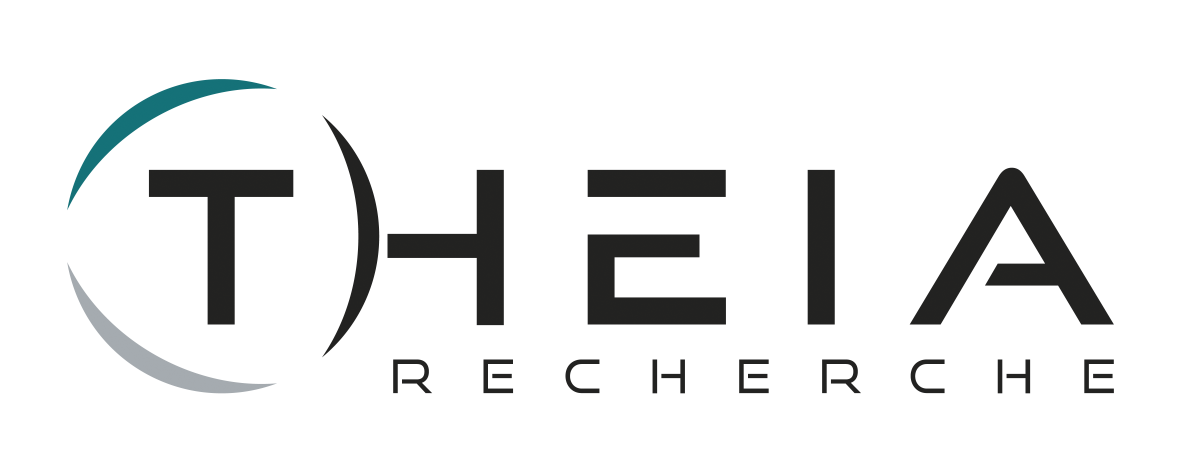2021, a record year
PI’s NAV increased by 32.2% in 2021. All types of investments contributed, with Stellantis taking the lead. Investments reached the high level of €726 million, exclusively in unlisted assets which represent 62% of the Investment GAV. Divestments and dividends received covered most of the financing needs.
Stellantis published very good results confirming the success of the merger. Carlos Tavares presented his 9-year plan to transform the group into a “sustainable mobility tech company”, structured for “all times” with a break-even point low enough to face all situations. He aims to double revenues to €300 billion with a double-digit margin.
Our central valuation scenario takes into account 1/ the strong increase in uncertainties arising from the Russian invasion of Ukraine, which leads us to apply a 50% discount to the consensus price targets for listed companies. 2/ In the specific case of Orpéa, we are retaining the current share price. Beyond the reputational crisis, the profitability of the business model will, in our opinion, remain questionable for a long time. Excluding these elements, our central scenario is based on an annual IRR of 15% for unlisted assets. This results in a potential NAV of €263 per share, i.e. an upside of 26%. The application of a 30% discount instead of the current 45% would generate a substantial upside on the share price.
Upload the report



